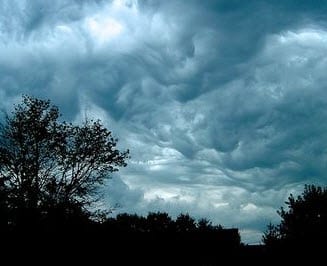 Insurers want to make sure that policyholders know what to do after the storm.
Insurers want to make sure that policyholders know what to do after the storm.
Although it is very common for homeowners insurance companies to issue statements to remind customers regarding things that they can do in order to help to prepare for upcoming storms, in the case of hurricane Sandy, they are also hoping to give policyholders some advance reminders about what they should do when the storm has passed.
It is one thing to try to prevent the damage, but if it happens anyway, many customers feel lost.
Pennsylvania Insurance Commissioner Consedine said that “Sandy has the potential to be a powerful and possibly historic storm for the East Coast, so preparation is essential.” Efforts that were specifically recommended to help to keep damage to a minimum and shrink the need for a homeowners insurance claim, are to “Trim trees, clean rain gutters and remove items from your yard or porch that can blow around. Inside, move furniture or electronic devices from lower levels at risk for flooding.”
But if damage does still occur, homeowners insurance claims require a certain process.
When the inventory of possessions has already been taken, photographs saved, and copies of documents and policies all kept together in advance of the storm, it is important to be ready in case a claim does need to be made on a homeowners insurance policy.
Naturally, the ideal would be to avoid having to do this at all, but should this be required, there are certain actions that are recommended by insurers in order to make the process as quick and painless as possible.
The first step that is recommended and that is often overlooked by homeowners insurance customers is to be ready with the tools for making a claim. Keep all of the prepared inventory, photographs, and policy information with you, but also keep a camera, pen, and notebook with those documents in order to be able to make notes to document any losses that have occurred.
The homeowners insurance company should be contacted as soon as possible, in order to make sure that an adjuster will be sent out to view the damage that has been photographed. While waiting, steps can be taken to help to prevent further damage, though permanent repairs should not be made until the adjuster has had time to see the property.
Most importantly, keep yourself and your family safe. Do not risk yourself or your loved ones in the name of a homeowners insurance claim. Don’t enter the property or begin repairs until the structure is safe, and don’t use any electricity (including turning on the power or the lights) when there has been water present.
